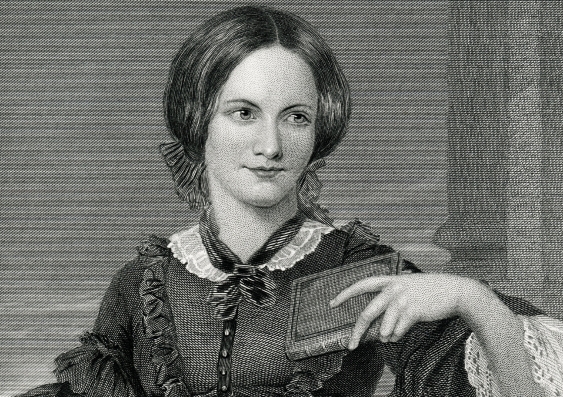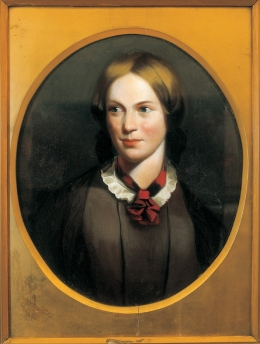A woman of substance
Charlotte Brontë transformed her lived experience into the world of Jane Eyre. Now a lavishly illustrated book will explore the famous author’s romantic realism.
Charlotte Brontë transformed her lived experience into the world of Jane Eyre. Now a lavishly illustrated book will explore the famous author’s romantic realism.

Charlotte Brontë once wrote in her journal about “this world’s desolate and boundless deluge”.
“All Charlotte’s writings express her search for truth and personal integrity,” says Emeritus Professor Christine Alexander.
“Her novels are a timeless plea for the intellectual worth of women, for their financial independence and equality in marriage, for the right to express their passionate selves, and for a religious commitment to truth in life and art.”
Two hundred years after her death Charlotte Brontë is one of English literature’s most-celebrated writers while her novel, Jane Eyre, still speaks to readers more than 150 years after it was first published.
The first to be born of the surviving four Brontë children and the last to die, Charlotte succumbed to illness just weeks from her 39th birthday.
Her birthday earlier this year marked the beginning of a five-year program to celebrate the bicentenaries of the births of each of the Brontë siblings: Charlotte this year, Branwell in 2017, Emily in 2018 and Anne in 2020.
“Her writing is essentially romantic, yet also realistic. Jane Eyre’s passionate individualism still captures the imagination of audiences today. It speaks to people across nations and cultures.”
Alexander, from the UNSW School of the Arts and Media, says it is no surprise Charlotte’s writings have endured because she portrayed the struggle of ambitious young women who seek a meaningful life, despite the restrictions of their social and political situation.
“Her writing is essentially romantic, yet also realistic. Jane Eyre’s passionate individualism still captures the imagination of audiences today. It speaks to people across nations and cultures.”
Alexander will play a key role in Brontë celebrations here and in the UK and has a new book, Celebrating Charlotte Brontë: Transforming Life into Literature in Jane Eyre.
Commissioned by the Brontë Society in the UK and co-written by colleague Sara L. Pearson, from Trinity Western University, the book combines detailed commentaries with lavish illustrations to explore the historical and biographical context of Brontë’s lived experience and how she transformed that into the world of Jane Eyre.

Image courtesy of the Brontë Society
Brontë’s childhood writings gave an early hint of how her later fictional worlds would take shape, says Alexander, who is also the director and general editor of the Juvenilia Press, a research, teaching and publishing project based in the Faculty of Arts & Social Sciences that issues early works by writers such as Brontë, Jane Austen, Lewis Carroll, Charles Dickens, Philip Larkin, Dorothy Hewitt, and Margaret Atwood.
“Charlotte Brontë’s many early stories and magazines about the fantasy world of Glass Town and Angria and her drawings and paintings demonstrate the rich, imaginative life that led to her four novels,” Alexander says.
As a PhD student in the early 1980s, Alexander travelled across the US and Canada by bus in search of Brontë juvenilia. She discovered more than 100 early unpublished manuscripts – in libraries as well as private and public collections – that had been written by the Brontë siblings when they were children. She found an equal number of the Brontës’ drawings and paintings.
Some of the manuscripts remain in the US, but most are held in the Brontë Parsonage Museum in Haworth, West Yorkshire, once the home of the Brontë family.
In August, Alexander will speak at the Brontë Society’s conference in Manchester, joining as a keynote speaker with Germaine Greer, Professor Sally Shuttleworth from Oxford University and Brontë biographer Claire Harman as they address the position of women in the mid-19th century.
Celebrating Charlotte Brontë: Transforming Life into Literature in Jane Eyre is published by the Brontë Society, available in June from bronte.org.uk